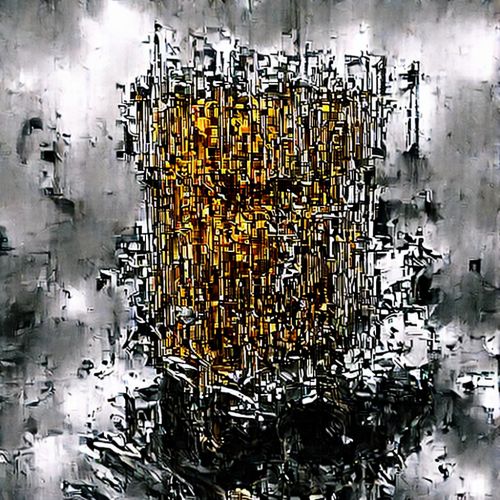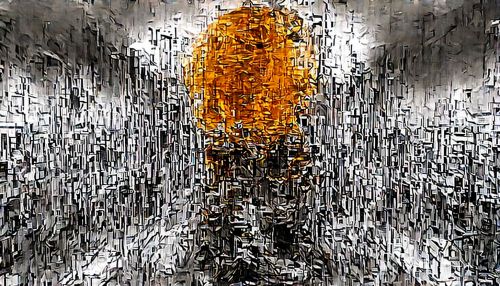Hayabusa2
Overview
The Hayabusa2 is an unmanned spacecraft developed by the Japan Aerospace Exploration Agency (JAXA). Its primary mission is to collect samples from an asteroid named Ryugu and return them to Earth for further analysis. The spacecraft was launched on December 3, 2014, from the Tanegashima Space Center in Japan.


Design and Development
The design of Hayabusa2 is largely based on its predecessor, Hayabusa, which was the first spacecraft to successfully return asteroid samples to Earth. However, Hayabusa2 incorporates several improvements and new technologies to overcome the challenges faced by the original mission. The spacecraft is equipped with ion engines, a sampler horn for collecting asteroid material, and several scientific instruments for studying the asteroid.
Mission
The primary goal of the Hayabusa2 mission is to gain a better understanding of the origin and evolution of the solar system. To achieve this, the spacecraft was tasked with collecting samples from Ryugu, a C-type asteroid. These asteroids are thought to be rich in organic and hydrated minerals, making them potentially valuable for studying the building blocks of life.
Journey to Ryugu
After its launch in 2014, Hayabusa2 embarked on a four-year journey to reach Ryugu. The spacecraft used its ion engines to adjust its trajectory and match the asteroid's orbit around the sun. In June 2018, Hayabusa2 arrived at Ryugu and began its detailed observations of the asteroid.
Surface Operations
Hayabusa2 performed several operations on the surface of Ryugu to collect samples. The spacecraft deployed multiple rovers and a lander to explore the asteroid's surface and take pictures. It also performed a unique operation called the Small Carry-on Impactor (SCI) experiment, in which it created an artificial crater on the asteroid's surface to expose subsurface material for sampling.
Sample Collection
Hayabusa2 performed two sample collection attempts on Ryugu. The first attempt was made in February 2019, and the second in July 2019 after the SCI experiment. The spacecraft used its sampler horn to collect the asteroid material, which was then stored in a special container for the return journey to Earth.
Return to Earth
After completing its operations at Ryugu, Hayabusa2 left the asteroid in November 2019 to begin its return journey to Earth. The spacecraft successfully delivered the sample container to Earth in December 2020, marking the end of its primary mission.
Post-Mission Operations
Despite completing its primary mission, Hayabusa2 is still operational and has been assigned a new mission. The spacecraft is now on its way to a new target, a small asteroid named 1998KY26, which it is expected to reach in 2031.
Significance
The Hayabusa2 mission represents a significant achievement in space exploration. It is only the second mission to return asteroid samples to Earth, and the first to collect subsurface material from an asteroid. The samples returned by Hayabusa2 are expected to provide valuable insights into the early solar system and the potential for life on other planets.
